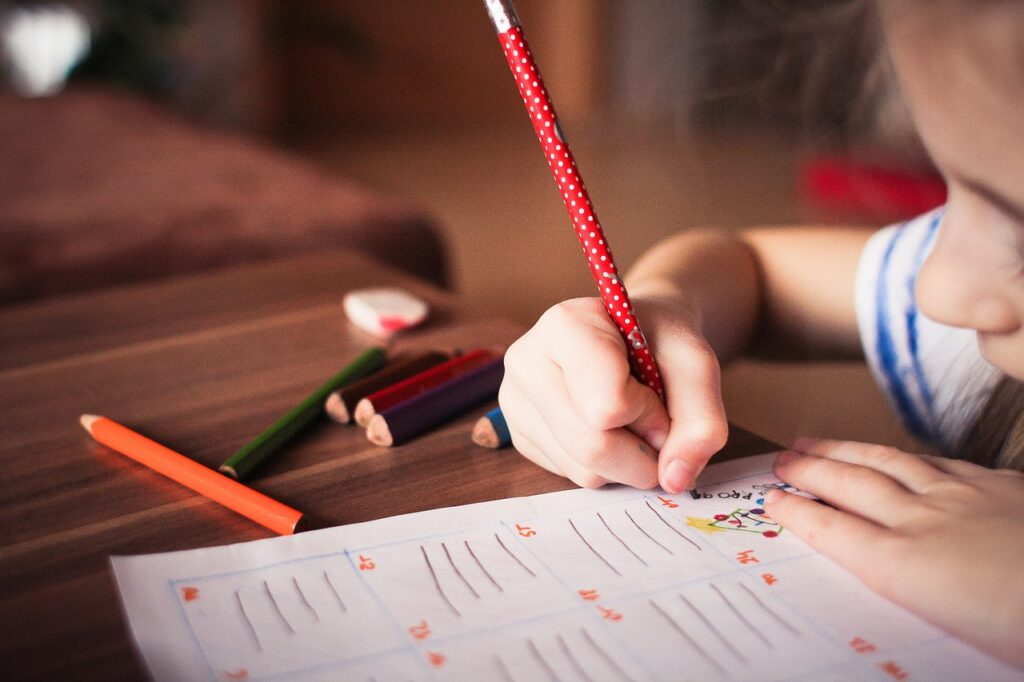In today’s rapidly evolving world, fostering creativity and curiosity in children’s education is more crucial than ever. As traditional education models face scrutiny, more dynamic and learning by playing are gaining widespread acceptance. These innovative methods emphasize student engagement while supporting cognitive development, thus preparing young learners for the complexities of future challenges. By nurturing skills essential for innovation, adaptability, and critical thinking, creative education lays the foundation for success in a competitive world.

The importance of nurturing a child’s creativity cannot be overstated. Alongside fostering critical thinking and problem-solving abilities, creativity motivates children to consider various viewpoints and create original solutions. This adaptability is crucial for navigating an ever-changing job market and addressing complex global issues. By incorporating creativity into educational practices, educators can prepare the next generation of students for brighter futures, empowering them to be lifelong learners adept at tackling tomorrow’s unforeseen challenges.
Table of Contents
Introduction to Creative Learning
Creative learning hinges on the integration of imagination and education, moving beyond the constraints of traditional teaching methodologies that have historically emphasized rote learning and standardized testing. There’s a growing recognition of the need to balance these conventional approaches with creativity to foster the comprehensive development of students. Creativity involves original thinking and the capacity to generate novel ideas, indispensable competencies in the 21st-century workspace. Encouraging students to take intellectual risks enables them to develop resilience and adaptability, laying the groundwork for becoming innovative and agile thinkers, ready to face future career environments and societal needs confidently.
The Role of Play in Education
Play is not merely a pastime but an essential element of the learning journey. Through play, children develop various cognitive, physical, social, and emotional skills, which form the basis for grasping more intricate concepts as they advance in their education. Play-based learning emphasizes enjoyment and experimentation, providing children a stress-free environment to explore and learn. This method creates a safe space for inquiry and making mistakes, encouraging deeper engagement and understanding of complex subjects. Children who engage in play learn critical skills such as collaboration, negotiation, and rule-following, which are crucial for academic success and effective social interaction.
Encouraging Curiosity in Children
Nurturing a child’s inherent curiosity is vital for promoting lifelong learning. By fostering an inquisitive mindset, educators can cultivate a child’s eager interest in understanding the world around them. Techniques such as inquiry-based learning, where students are encouraged to ask questions and explore in-depth topics, prove invaluable. Creating a stimulating environment that provokes questions and challenges assumptions can bolster a child’s drive to explore and attain knowledge independently. This approach enriches student’s understanding and enhances their motivation by connecting learning to their personal interests and life experiences, making them active participants in their educational journey.
How Technology Supports Creative Learning
Technology provides various instruments to boost creativity in the educational environment. Digital platforms, educational apps, and engaging games offer diverse learning experiences that accommodate different preferences, fostering individualized educational routes. Integrating technology into educational environments encourages students to engage more dynamically with content, making learning more appealing and effective. Through virtual reality, simulations, and other interactive environments, students are provided with immersive learning experiences that inspire creativity and curiosity, thus preparing them for a technologically advanced future.
Examples of Creative Educational Strategies
Numerous innovative educational strategies demonstrate the impact of creativity in learning settings. Techniques like role-playing, project-based learning, and gamification allow students to engage with academic material more compellingly. For instance, playing fictional scenarios in role-playing can help students understand different perspectives, fostering empathy and deeper engagement with learning material. Similarly, project-based learning encourages students to take ownership of their education by working on real-world problems, thus enhancing critical thinking skills and promoting collaboration among peers. Simultaneously, gamification incorporates game design components into education to improve motivation and involvement.
Challenges in Implementing Creative Education
Despite the numerous benefits of integrating creativity into learning, this pursuit does face challenges. Resistance to change due to entrenched traditional methodologies often complicates efforts to introduce innovative educational practices. Moreover, limited resources and a lack of training provisions for teachers can impede the successful adoption of creative teaching methods. However, these barriers can be mitigated through strategic planning, resource sharing, and investment in extensive teacher training programs. Schools and educational institutions can further support the integration of creativity by facilitating exchanges of best practices and adapting curricula to be more inclusive of creative approaches, enabling a richer and more engaging learning environment.
The Future of Creativity in Education
The future looks promising for the role of creativity within education. Educators can effectively prepare students for an increasingly complex and dynamic world by evolving teaching methods to incorporate more creativity. Approaches such as problem-solving workshops and creative writing exercises are expected to gain widespread adoption as mainstream pedagogical strategies. Arts integration is poised to play a pivotal role in shaping the future of innovative education, highlighting the importance of fostering creative thinking abilities and collaborative work skills. These competencies are recognized as essential in the digital age, where the nature of work and industries is in constant flux.
Conclusion: A Bright Future for Creative Learners
The intersection of creativity and education promises a transformative impact on students’ learning experiences. By fostering environments where creativity thrives, educational systems can cultivate learners who are knowledgeable but also resilient and innovative thinkers. As educators and parents collaborate to support these creative initiatives, the outlook for education becomes increasingly positive and imaginative. By inspiring creativity and nurturing curiosity, stakeholders can adequately prepare the next generation, equipping them with the skills to tackle future challenges with confidence and ingenuity, ultimately crafting a generation of lifelong learners ready to adapt and excel in a perpetually evolving global context.





